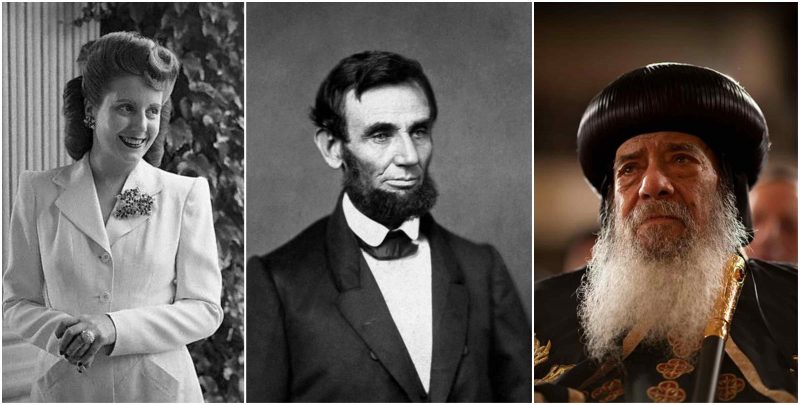Based on the number of attendance at their funerals, these are probably ones of the most beloved individuals through the history. There was a massive grieving for some, eternal admiration and respect for other, and some were just famous. However, think of the fact that the number of people at these funerals outnumbers the population of many countries in the world.
Victor Hugo – 2,000,000 people
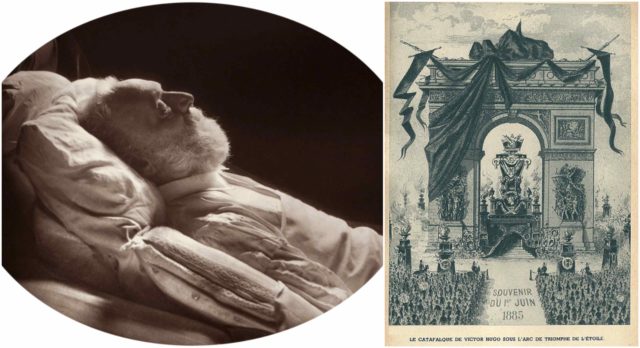
Victor Hugo’s death from pneumonia on 22 May 1885, at the age of 83, generated intense national mourning. He was not only revered as a towering figure in literature, he was a statesman who shaped the Third Republic and democracy in France. More than two million people joined his funeral procession in Paris from the Arc de Triomphe to the Pantheon, where he was buried. He shares a crypt within the Panthéon with Alexandre Dumas and Emile Zola. Most large French towns and cities have a street named after him.
Eva Peron – 2,500,000 people
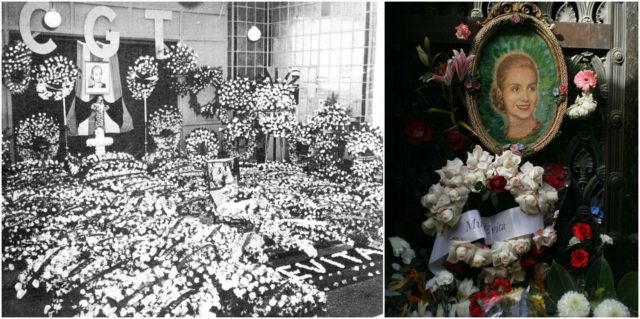
Immediately after Perón’s death, the government suspended all official activities for two days and ordered all flags flown at half-staff for ten days. It soon became apparent, however, that these measures fell short of reflecting popular grief. The crowd outside of the presidential residence, where Evita died, grew dense, congesting the streets for ten blocks in each direction.
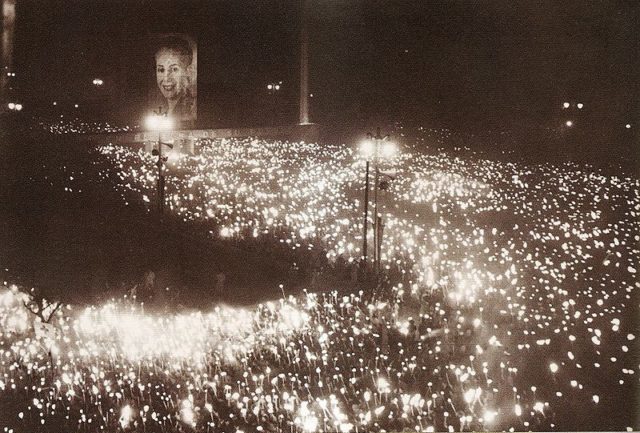
The morning after her death, while Evita’s body was being moved to the Ministry of Labour Building, eight people were crushed to death in the throngs. In the following 24 hours, over 2000 people were treated in city hospitals for injuries sustained in the rush to be near Evita as her body was being transported. The streets of Buenos Aires overflowed with huge piles of flowers. Within a day of Perón’s death, all flower shops in Buenos Aires had run out of stock. Flowers would be flown in from all over the country, and as far away as Chile.
Ayrton Senna – 3,000,000 people
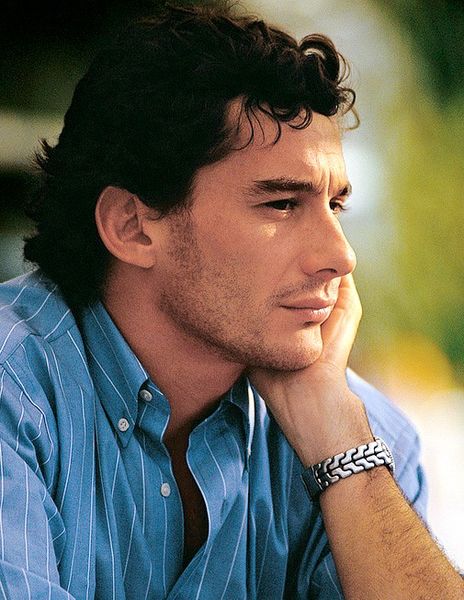
Three-time Formula One World Champion Ayrton Senna died on 1 May 1994, as a result of his car crashing into a concrete barrier while he was leading the 1994 San Marino Grand Prix at the Autodromo Enzo e Dino Ferrari in Italy. Senna’s death was considered by many of his Brazilian fans to be a national tragedy, and the Brazilian government declared three days of national mourning.
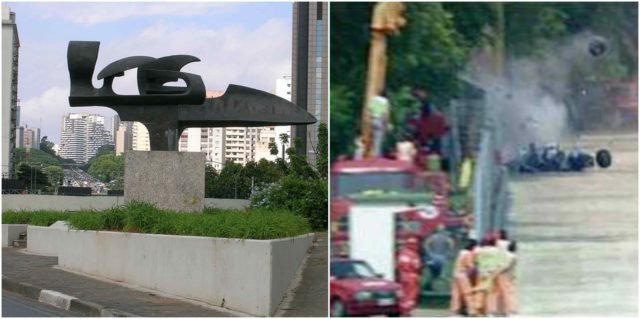
The funeral was broadcast live on Brazilian television and an estimated three million people lined the streets of his hometown of São Paulo in what was widely accepted to be the largest recorded gathering of mourners in modern times.
Umm Kulthum – 4,000,000 people
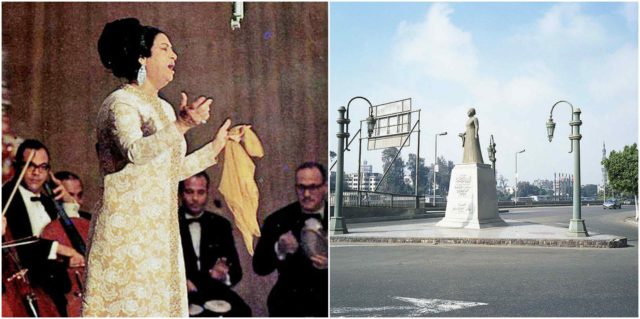
Umm Kulthum was an internationally famous Egyptian singer, songwriter, and film actress active from the 1920s to the 1970s. She was given the honorific title “The Star of the East”. Known for her extraordinary vocal ability and style, Umm Kulthum was one of the greatest and most influential Arab singers of the 20th century.
The Star of the East died February 3, 1975, at age 76. Her funeral procession became a national event, with around 4 million grief-stricken Egyptians lining the streets to catch a glimpse as her cortège passed, even as many as the crowds that attended the funeral procession of Umm Kulthum’s contemporary, President Gamal Abdel Nasser.
Gamal Abdel Nasser – 5,000,000 people
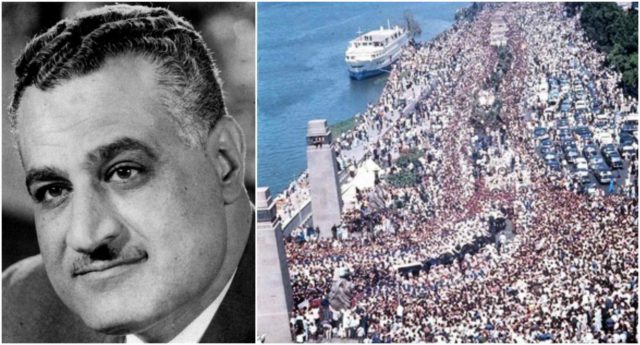
Following the announcement of Nasser’s death, Egypt, and the Arab world were in a state of shock. Nasser’s funeral procession through Cairo on 1 October was attended by at least five million mourners.The 10-kilometer (6.2 mi) procession to his burial site began at the old RCC headquarters with a flyover by MiG-21 jets. His flag-draped coffin was attached to a gun carriage pulled by six horses and led by a column of cavalrymen. All Arab heads of state attended, with the exception of Saudi King Faisal. King Hussein and Arafat cried openly, and Muammar Gaddafi of Libya fainted from emotional distress twice.
Abraham Lincoln – 7,000,000 people
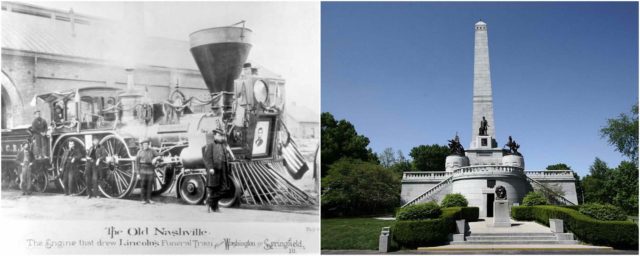
The funeral and burial of Abraham Lincoln included a three-week series of events in 1865 held to mourn his death and memorialize him. Following United States President Abraham Lincoln’s death by assassination, funeral services were held in Washington D.C., and then at additional locations as he was transported to his burial.
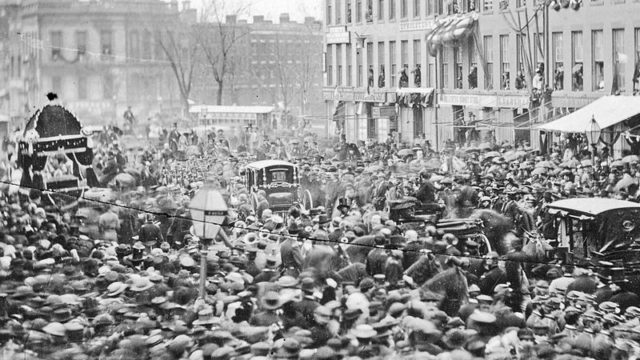
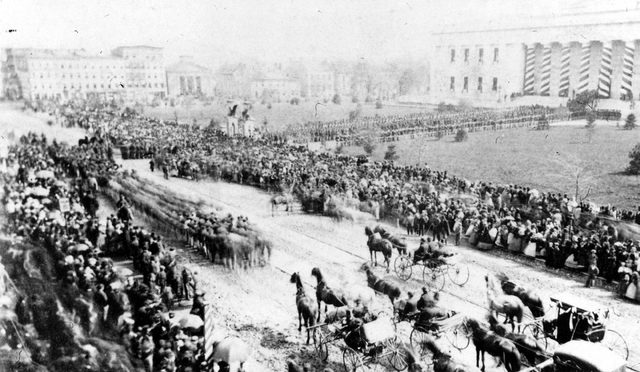
The President was brought from the capital to the burial site in Lincoln’s hometown of Springfield, Illinois by funeral train, accompanied by dignitaries. Because of the length of the funeral, historians have called this event “The Greatest Funeral in the History of the United States”.
Ruhollah Khomeini – 10,000,000 people
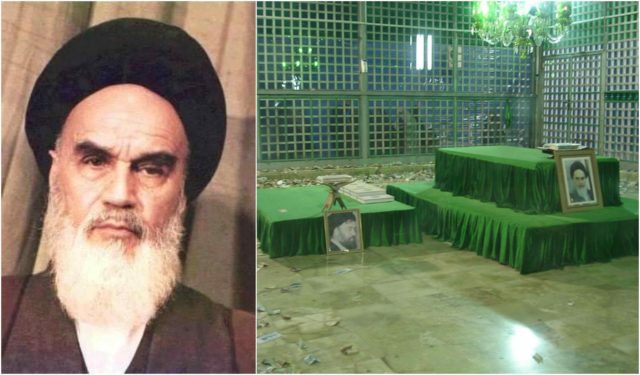
Ruhollah Khomeini, known in the Western world as Ayatollah Khomeini was an Iranian Shia Muslim religious leader, revolutionary, politician, the founder of the Islamic Republic of Iran and the leader of the 1979 Iranian Revolution. Khomeini died on 3 June 1989 after suffering five heart attacks in just ten days, at the age of 86 just before midnight.
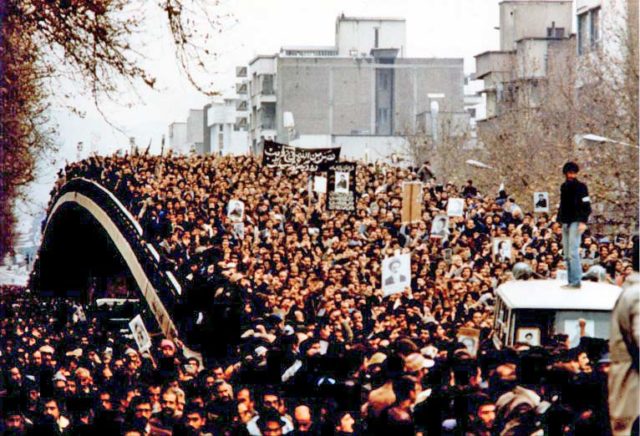
Probably one-sixth of the population of Iran (more than 10 million people), lined the 32-kilometre (20 mi) route to Tehran’s Behesht-e Zahra cemetery on 11 June 1989, for the funeral of Ayatollah Ruhollah Khomeini. Western agencies estimated that 2 million paid their respects as the body lay in state.
C. N. Annadurai – 15,000,000 people
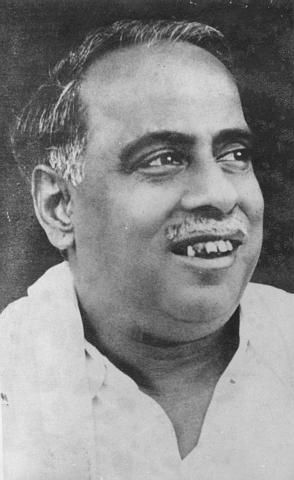
Conjeevaram Natarajan Annadurai, popularly called Anna (“Elder brother”) or (“Anna, the scholar”), was an Indian politician who served as Chief Minister of Tamil Nadu, a state in South India, from 1967 to 1969. He died of cancer on 3 February 1969.
His cancer was attributed to his habit of chewing tobacco. His funeral had the highest number of attendees until then, as registered with The Guinness Book of Records. An estimated 15 million people attended it. His remains were buried at the northern end of Marina Beach, which is now called Anna Memorial.
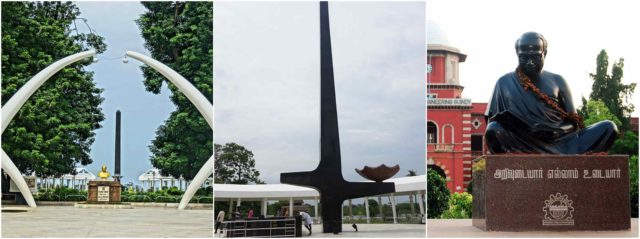
Pope Shenouda III of Alexandria – 20,000,000 people
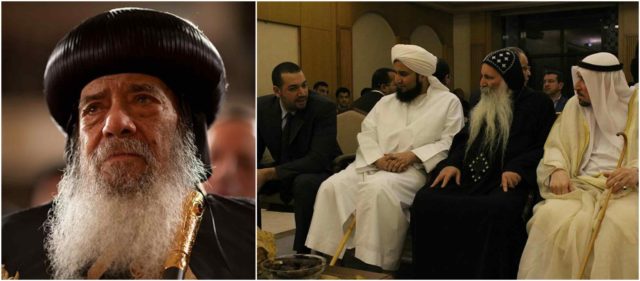
Pope Shenouda III was the 117th Pope of Alexandria & Patriarch of the See of St. Mark. His episcopate lasted 40 years, four months, and 4 days from 14 November 1971 until his death on 17 March 2012. Pope Shenouda III died on 17 March 2012 (8 Paremhat 1728 in the Coptic calendar) of lung and liver complications at his official residence shortly after returning from medical treatment abroad. He had stopped taking medication because he was too weak.
During the night, an estimated one million or more mourners were said to have visited his body at St. MArk’s Cathedral, causing traffic jams stretching for kilometres.
Mourners from across Egypt went to Saint Mark Cathedral in Abbaseya to pay their respects. Bells tolled in Cairo’s Abbasiya district, where the primary cathedral of the Coptic Church is located. So large was the crowd of mourners gathering in Cathedral Square to pay their respects that three were killed and 137 injured in a crash as the queue to view the body of the deceased pope stretched for more than one kilometre.
